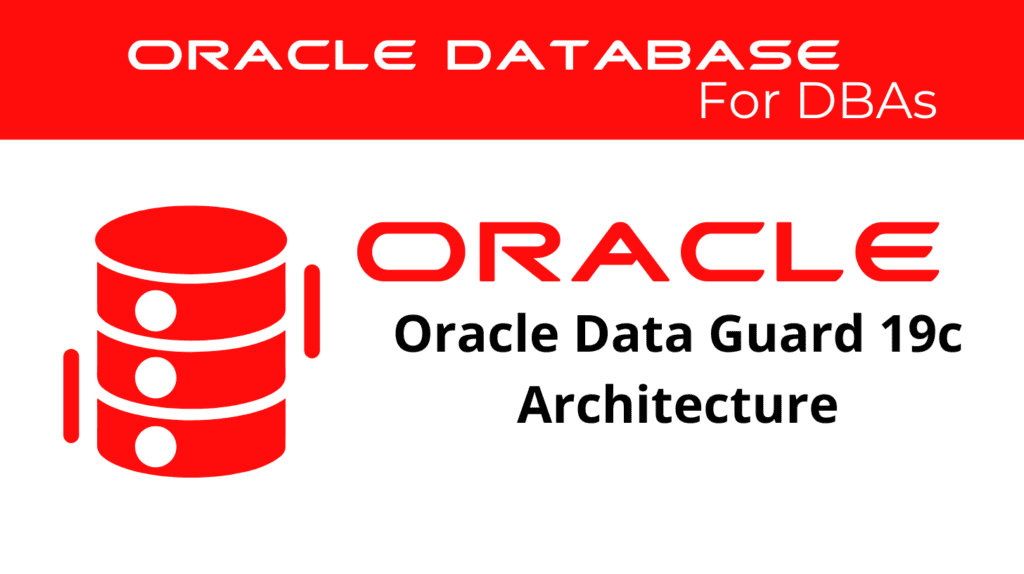
Oracle Data Guard 19c offers a comprehensive structure and Components for protection and disaster recovery. This blog will delve into the architecture of Oracle DG, focusing on its fundamental components and their functionalities. Understanding this architecture is crucial for effective implementation and management.
Data Guard Architecture Overview
Oracle Data Guard ensures high availability, data protection, and disaster recovery for enterprise data. It uses a combination of primary and standby databases to achieve these goals. Here are the key elements of Data Guard:
Primary Database
The primary database is the main production database that processes transactions and serves users.
Standby Database
The standby database is a copy of the primary database, maintained to take over in case of primary database failure. There are three types of standby databases:
- Physical Standby: A block-for-block copy of the primary database.
- Logical Standby: Contains the same logical information but can be used for reporting and queries.
- Snapshot Standby: A read-write copy used for testing purposes.
Data Guard Architecture: DG Components
Understanding the components of Data Guard is essential for effective database management. Each component plays a crucial role in ensuring data protection and availability.
Log Transport Services
These services manage the automated transfer of redo data from the primary database to the standby database.
Log Apply Services
These services apply the redo data received from the primary database to the standby database to keep it synchronized.
Data Guard Broker
A management tool that automates and centralizes the creation, maintenance, and monitoring of Data Guard configurations.
📢 You might also like: Oracle Data Guard 19c Applicability Between Physical, Logical Standby, and Snapshot Databases (Category: DataGuard)
Benefits of Data Guard Architecture
Implementing Data Guard in your database environment offers numerous benefits:
High Availability
Data Guard ensures continuous availability of data by providing a failover solution in case of primary database failure.
Data Protection
With real-time data replication, Data Guard protects against data loss and corruption.
Disaster Recovery
Data Guard provides a robust disaster recovery solution, allowing quick recovery from site failures.
Best Practices for DG Architecture
To optimize the performance and reliability of Data Guard Architecture, follow these best practices:
Regular Backups
Perform regular backups of both primary and standby databases to ensure data integrity.
Monitor Performance
Use Oracle’s monitoring tools to track the performance of the Data Guard setup and address any issues promptly.
Update and Patch
Keep your Data Guard configuration updated with the latest patches and security updates.
Resource Allocation
Allocate sufficient resources to both primary and standby databases based on their workload and performance requirements.
See more on Oracle’s website!
Conclusion
Understanding Oracle Data Guard 19c architecture is crucial for implementing an effective data protection and disaster recovery strategy. By following the configuration steps and best practices outlined in this blog, you can ensure the high availability and reliability of your enterprise data
Be Oracle DataGuard certified Professional, this world is full of opportunities for qualified DBAs!





